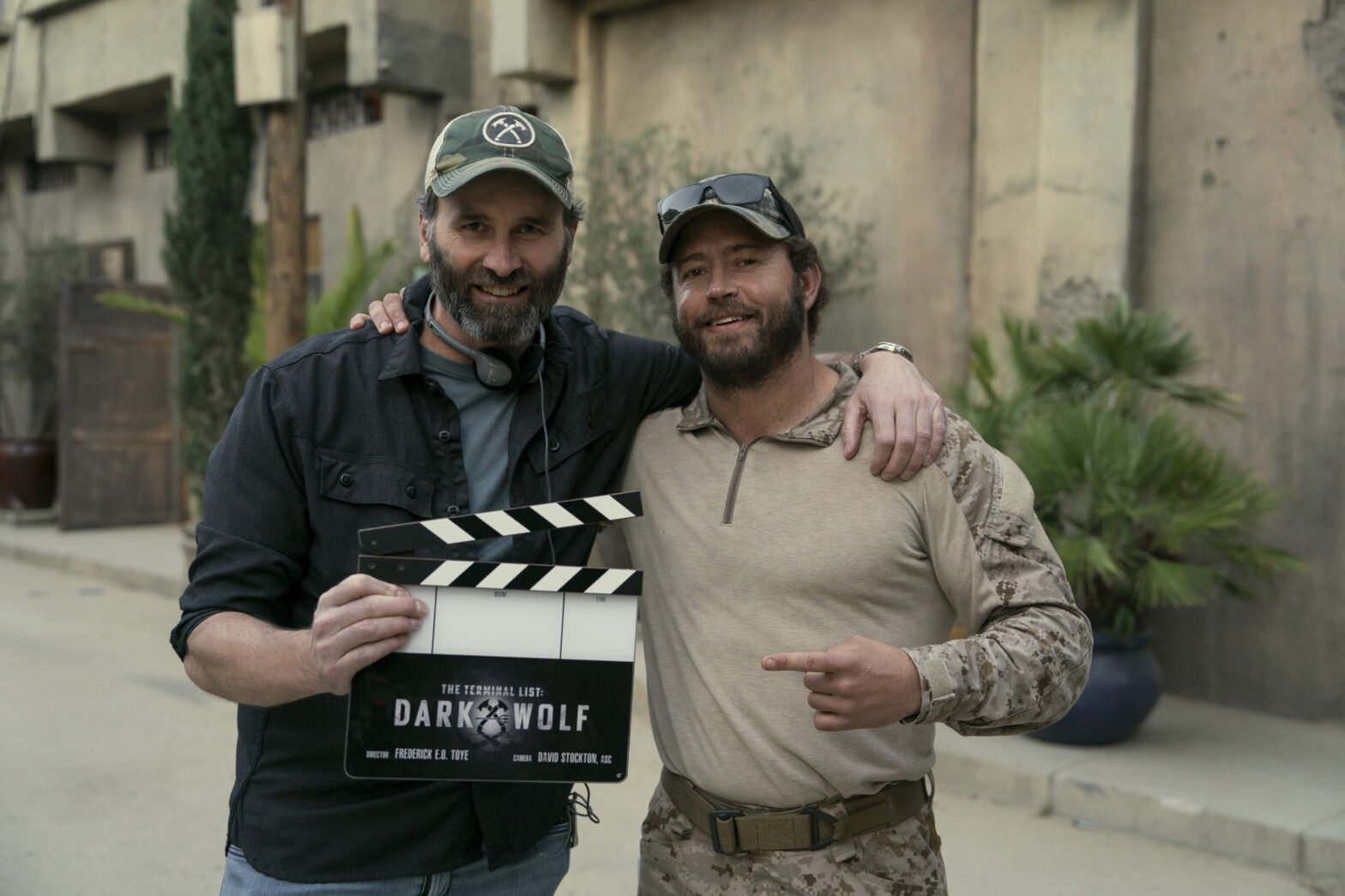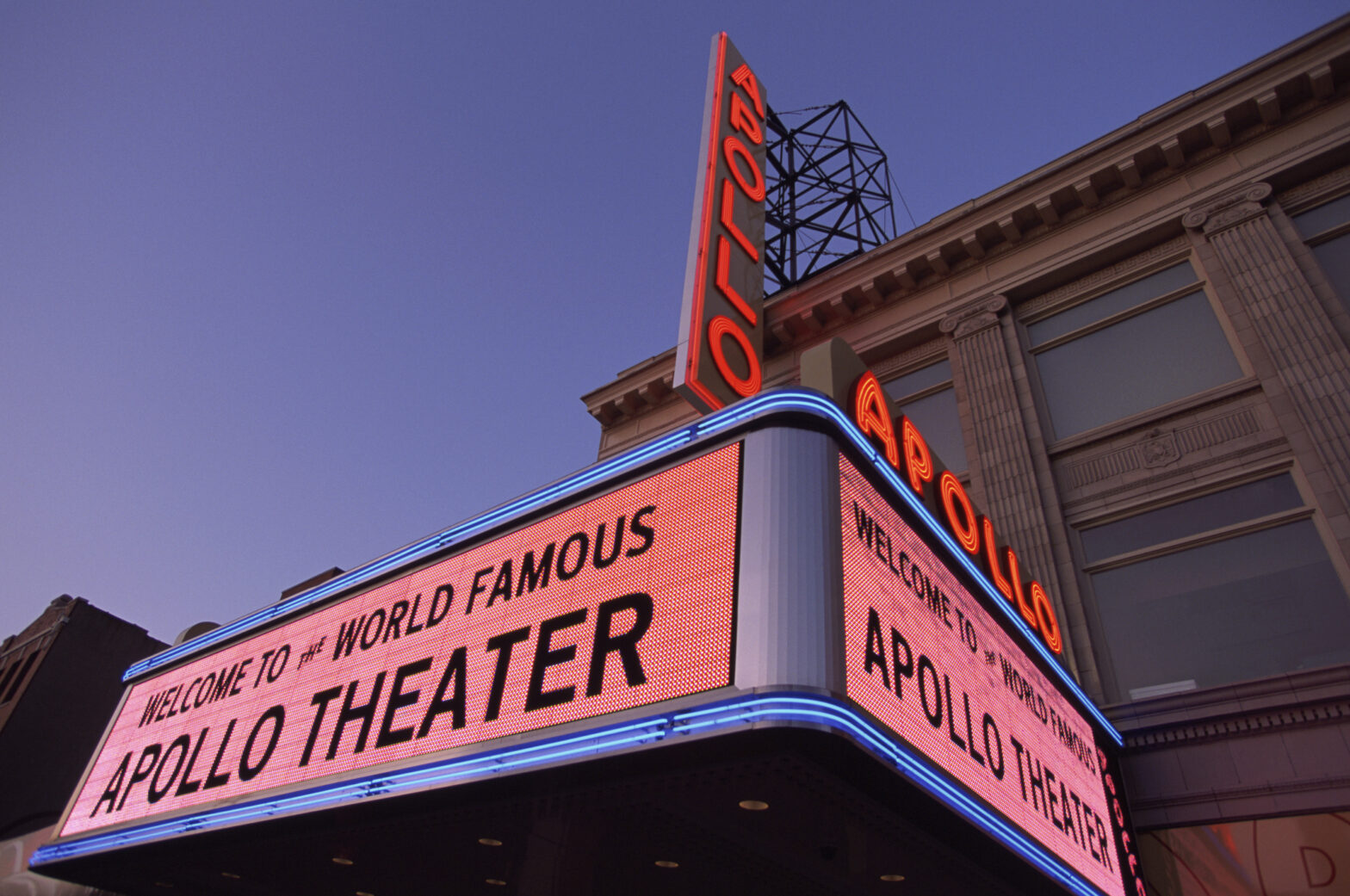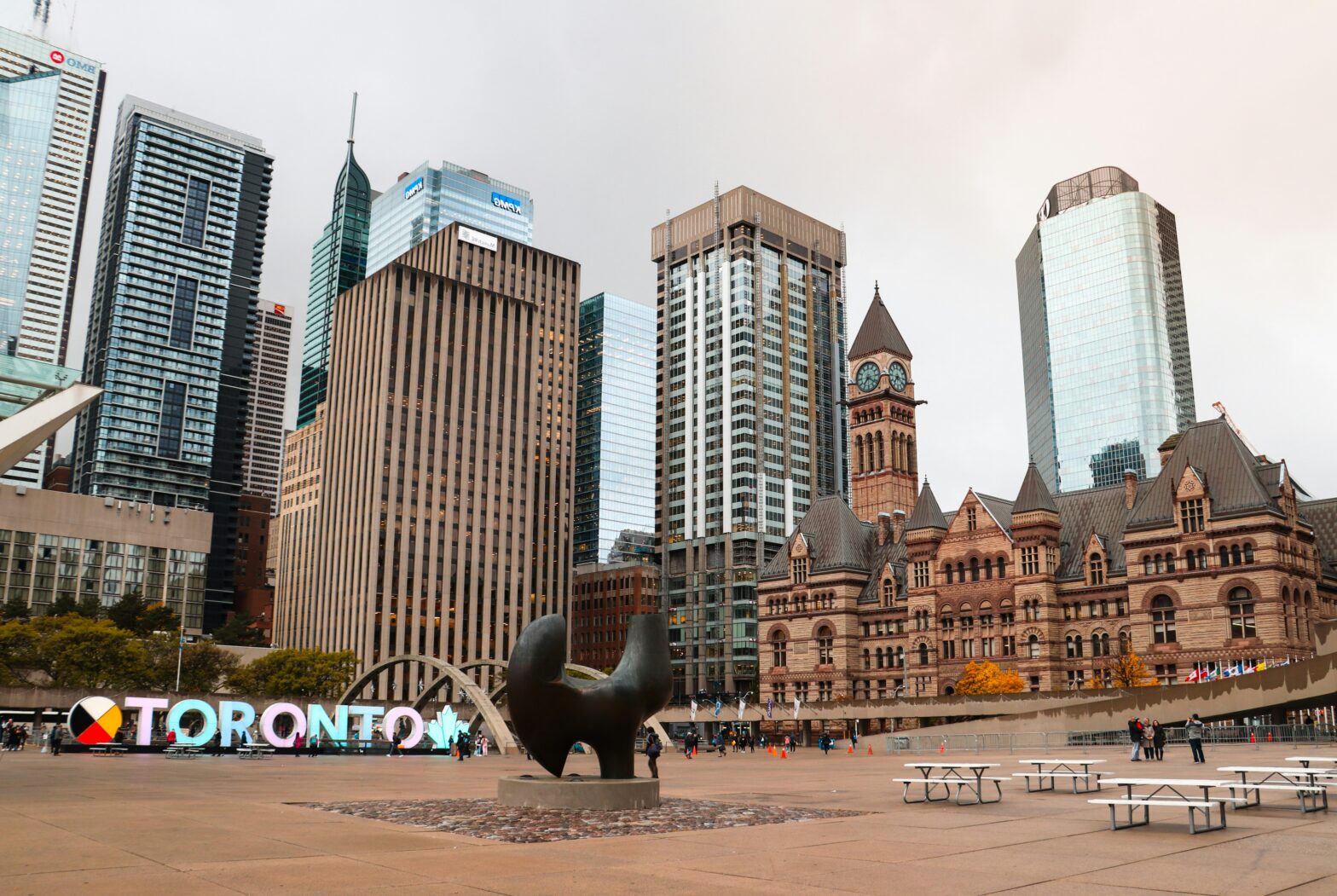Written by: Danielle Dorsey
Often forgotten in our retelling of American history is the Reconstruction Era after the Civil War, when recently emancipated Black people experienced an albeit brief period of hope. It was during this time that efforts were made to address the scars of slavery and help integrate the formerly seceded Southern states back into the Union. One of the initiatives that came forward was the creation of incorporated towns led and occupied by Black people, where residents had the freedom to govern themselves as they saw fit.
Known as “Freedmen’s Towns,” hundreds of these municipalities sprang up across the country after the Civil War. Unfortunately, many of these towns suffered economically and were abandoned following the Great Migration, when approximately 7 million Black people fled the South for opportunities in big cities where Jim Crow’s influence was not as strong. Many of the towns that survived were forced to diversify and much of their history was forgotten.
Still, a few of these places managed to preserve their legacies, providing a living example of Black resilience and strength. In a time of regressive politics where our most basic freedoms are once again being threatened, these remaining Freedmen’s Towns offer a glimmer of hope, reminding us of all we’re capable of when we rely on and uplift one another.
Langston, Oklahoma
At one time, Oklahoma was home to more than 20 Black settlements. Perhaps the most famous was the Greenwood district of Tulsa, Oklahoma, an affluent Black community known as “The Black Wall Street” that was destroyed in 1921 when white rioters burned the neighborhood to the ground, killing 300 people and destroying 35 city blocks.
Langston, Oklahoma, was founded in 1890 by Black politician Edward McCabe, who led a migration of Blacks out of the South and into the Midwest with the hope of establishing the territory of Oklahoma as a free Black state. Langston was named after John Mercer Langston, a Black congress member from Virginia. McCabe used traveling salesman and Black newspapers to advertise land for sale in Langston and stipulated within the deeds that the resale of that land could only be to other Black Americans.
The city’s most famous resident was Joseph D. Elsberry, a U.S. Air Force captain with the Tuskegee Airmen who struck down three German aircraft in one day. Today, Langston is home to Langston University which holds the distinction of being the only historically Black college in the state of Oklahoma. It remains a small town with a total area of less than two square miles and under 2,000 residents, with more than 93 percent of them identifying as Black in the 2000 census. One interesting fact worth pointing out is that Langston’s population grew 3 percent between the 2000 and 2010 census, indicating that the city’s profitability has not yet waned.
Eatonville, Florida
Eatonville, Florida was incorporated in 1887 and named after white landowner Josiah C. Eaton, who was one of few whites willing to sell enough land so that a self-governing Black town could be created. Located just an hour outside of Orlando, the city is best known for being the birthplace of author Zora Neale Hurston and is featured in many of her works, including Their Eyes Were Watching God.
While readers of Hurston might remember similar towns being referenced in her books, many of them did not survive the expansion of the greater Orlando area. Prior to integration, the local Club Eaton became a popular stop on the “Chitlin Circuit,” which was a collection of venues throughout the country that welcomed Black entertainers. The nightclub was responsible for boosting the careers of musical icons like BB King, James Brown, Aretha Franklin, and Tina Turner. A plaque outside of the original building recognizes this history and the the club has since been been renamed the Historic Club KOHA, which stands for “Keeping Our History Alive.” Eatonville has a popular historic district with many of the original buildings still standing, offering tourists an opportunity to learn more of its unique history.
In 1990, the town founded the Zora Neale Hurston Museum of Fine Arts and in 2004 a library named after her was opened. Eatonville also holds an annual Zora Neale Hurston Festival of the Arts and Humanities every January. As of the 2000 census, there were just under 2,500 residents in Eatonville, with almost 90 percent of them identifying as Black.
Oyotunji, South Carolina
Although Oyotunji African Village (OAV) was only established less than 50 years ago, it holds the distinction of being the country’s oldest authentic African village. Named after the Oyo empire that was once a Yoruba empire in modern day Benin and northern-central Nigeria, the name translates to “Oyo returns” or “Oyo rises again.” The village draws inspiration from Yoruba and Dahomey cultures in West Africa, promoting values of sustainability and celebrating their ancient traditions.
Oyotunji was founded by Oba Efuntola Oseijeman Adelabu Adefunmi I, who was the first African American to be initiated into the Yoruba religion and crowned Oba (King) of the Yoruba of North America. When Adefunmi passed away in 2005, his son Oba Adejuyigbe Adefunmi II was given the honor of leading the village. Adefunmi II is responsible for leading the village’s recent modernization efforts.
Oyotunji is located near Sheldon, South Carolina, in Beaufort country and welcomes tourists who are interested in learning their traditions. The village hosts festivals throughout the year that celebrate various Yoruba deities and holidays. Oyotunji was most active in the 1970’s when up to 250 people lived in the village, but in the last ten years the local population has fluctuated between five and nine families.





